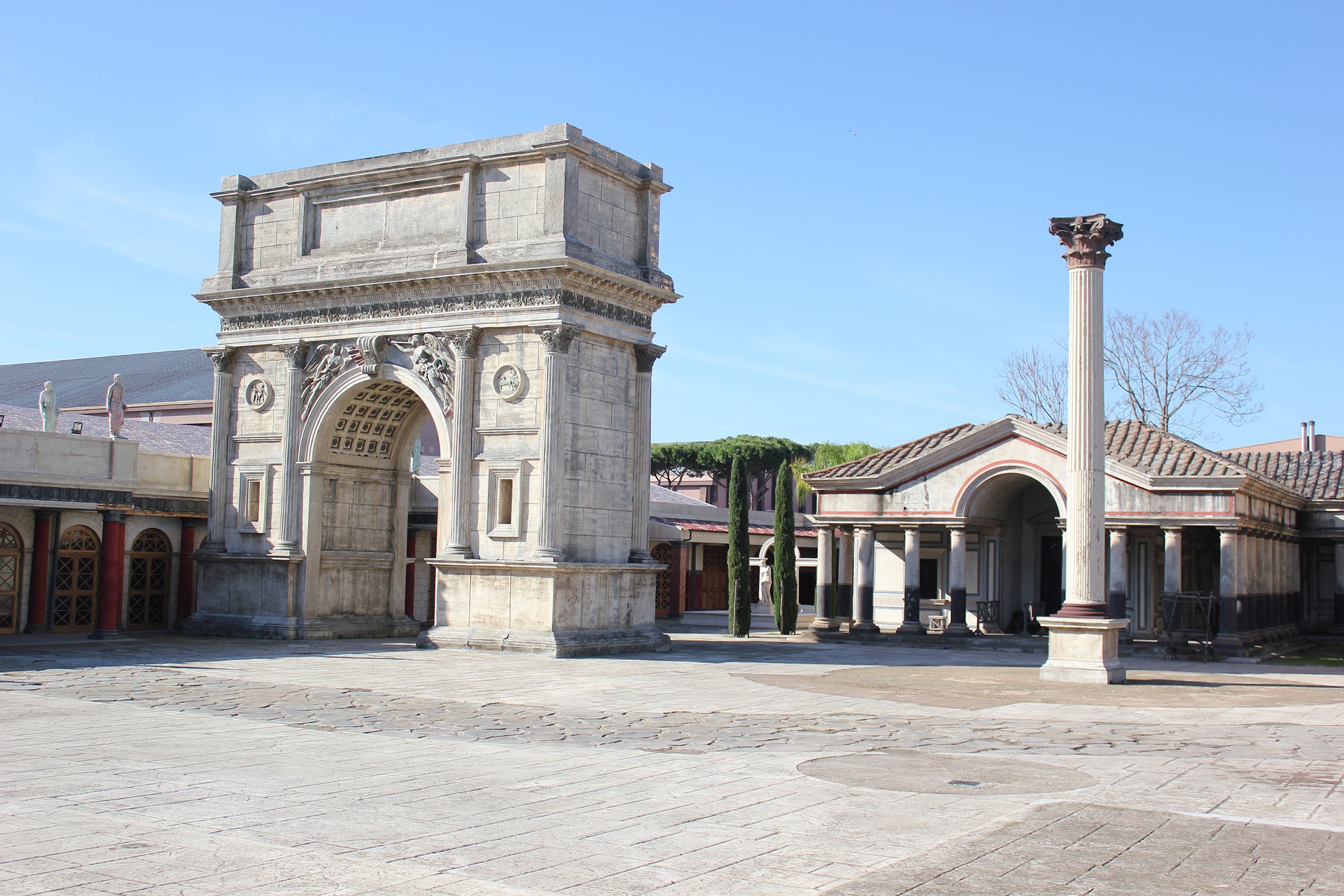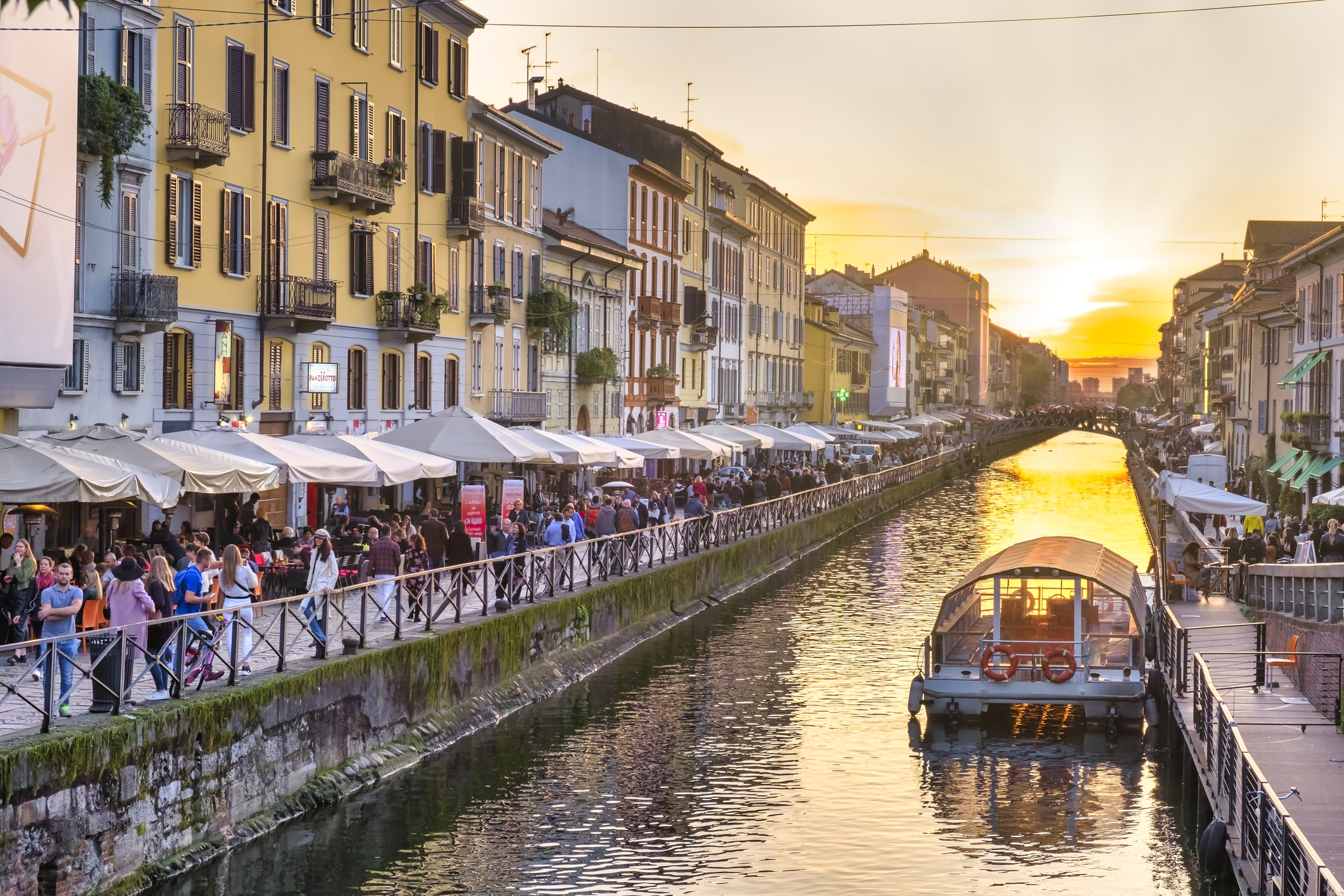On August 27th movie lovers, directors, celebrities, writers, and journalists will take a boat or a “gondola” to celebrate cinema.
It’s the 71st Mostra Internazionale del Cinema di Venezia, the Venice International Film Festival, which takes place every year in late August or early September on the Lido, the 7 mile long sandbar that encloses the Venetian Lagoon.
The Festival is the oldest international film festival in the world, founded by Count Giuseppe Volpi in 1932 as the “Esposizione Internazionale d’Arte Cinematografica” (International Exhibition of Cinematographic Art). That year, on August 6th in Lido di Venezia, and more precisely in the Excelsior Hotel, at 9.15 p.m Mr. Rouben Mamoulian’s “Dr. Jekyll and Mr. Hyde” was shown on a screen set right on the terrace. After the show the guests took part in a grand ball in the magnificent hall of the Hotel.
Maybe because of its unique location (118 small islands separated by canals and linked by bridges), from that night in 1932 the Venice Film Festival became one of the world’s most prestigious film festivals, part of a bigger project whose roots are to be found over a century ago: the Biennale di Venezia (Venice Biennale) one of the most prestigious cultural institutions in the world founded in 1895. Together with the Film Festival, the Biennale di Venezia includes the International Art Exhibition and the International Architecture Exhibition, and continues the tradition of the Festival of Contemporary Music and the Theatre Festival, now flanked by the Festival of Contemporary Dance. It’s a huge ensemble of cultural events that in time has gained worldwide fame for its high quality and innovation.
This year the poster of the Venice International Film Festival is the poetic final frame of François Truffaut’s “The 400 Blows”: a close-up of the main character Antoine Doinel (played by Jean-Pierre Léaud), a boy who has just escaped reform School, who stares into the camera.
Festival artistic director Alberto Barbera and his staff had to review more than 1,500 movies, and stuck to their lean 55-picture limit. Twenty of these are in competition, and 54 of them are world premieres. Their goal was to focus on quality, discovery and diversity, likely to reveal some under-the-radar awards-season contenders and also to reinforce the Lido’s status as a global launching pad for prime auteur pictures.
As Barbera declared while talking about today’s movie economy: “In a context such as this, festivals remain one of the few places in which the asphyxiating logic of profit is not predominant. Not that these events are exempt from the influence of money and its relative constraints, but there are good reasons to believe that the space for programming in many festivals is filled with aspirations that may be primarily ascribed to the demands of experimentation and defending auteur cinema, to the pre-eminence of freedom of expression over the relentless pursuit of profit, to the triumph of aesthetics over economics.
The intent is not to demonize monetary profit, but on the contrary to rein it into the confines of its primary function, which should be to provide the means for the pursuit of a higher end.”
The Film Festival’s principal awards are the Leone d’Oro (Golden Lion), which is awarded to the best film screened in competition at the festival, the Leone d’Argento (Silver Lion) for the Best Director, and the Coppa Volpi (Volpi Cup), which is awarded to the best actor and actress. The Jury may also choose to award a Special Lion for an overall work to a director or actor of a film presented in the main competition section.
Waiting to see what new talents the Festival is going to discover and reveal to the world, we wish good luck to the best artists!





























